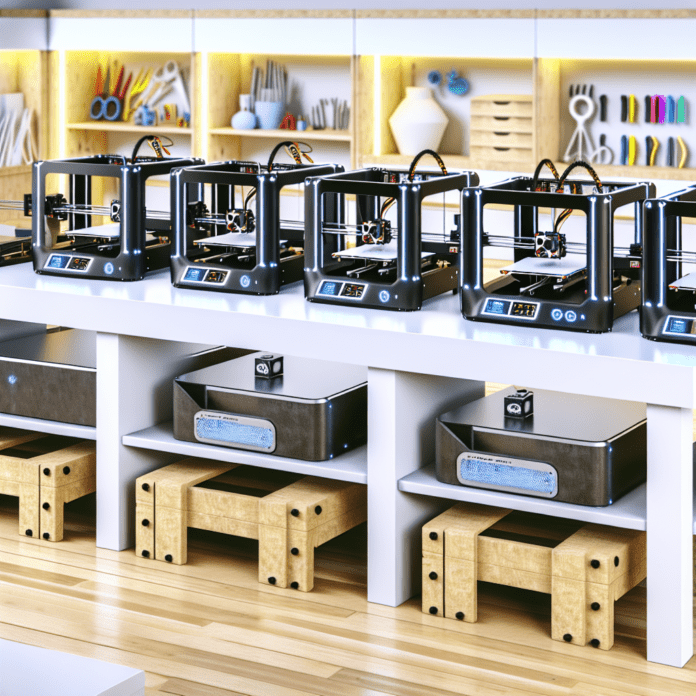3D printing continues to evolve rapidly, and with 2025 well underway, TechRadar has published its definitive list of the nine best 3D printers currently on the market. Whether you’re a hobbyist, educator, or professional, this guide offers an ideal starting point to find the printer that matches your needs.
Top 3D Printers of 2025 for Every Need
TechRadar’s selection spans multiple categories, including budget, beginner-friendly, high-performance, and professional-grade 3D printers. Here’s a breakdown of the top nine models that made the cut:
- Bambu Lab X1-Carbon – Best overall 3D printer. Combining speed, precision, and AI-powered features, the X1-Carbon is a premium choice for prosumers.
- Original Prusa MK4 – Best 3D printer for enthusiasts. Known for reliability and open-source flexibility, the MK4 is a favorite among experienced makers.
- Bambu Lab A1 Mini – Best budget 3D printer. Offering high-end features at an entry-level price, it’s perfect for beginners.
- Creality Ender 3 V3 KE – Best value 3D printer. A refined version of the classic Ender 3, offering solid performance and affordability.
- Anycubic Kobra 2 Pro – Best high-speed budget printer. Capable of fast prints without compromising on quality or cost.
- Original Prusa SL1S – Best resin 3D printer. Offers detailed prints and a seamless user experience for resin printing enthusiasts.
- Elegoo Saturn 3 Ultra – Best mid-range resin printer. A strong performer with a large build volume and 12K resolution.
- Creality K1 Max – Best large-format 3D printer. With high-speed capabilities and a spacious build area, it’s ideal for big projects.
- UltiMaker S7 – Best professional 3D printer. Built for enterprise use, it combines reliability, material compatibility, and advanced software integration.
What to Consider When Choosing a 3D Printer
Before investing in a 3D printer, it’s important to assess your priorities:
- Print Volume: Consider the size of the objects you intend to print. Larger build volumes suit more ambitious projects.
- Print Speed: High-speed printers can dramatically reduce production time, especially important for professionals.
- Material Compatibility: Ensure the printer supports the types of filament or resin you plan to use.
- Ease of Use: Features like auto-bed leveling, touchscreen interfaces, and intuitive software can simplify the experience for beginners.
- Support and Community: Brands with active communities and strong customer support can make troubleshooting easier.
3D Printing Trends in 2025
Several trends are shaping the 3D printing landscape this year:
- AI Integration: Models like the Bambu Lab X1-Carbon use AI for features like spaghetti detection and real-time monitoring.
- High-Speed Printing: New motion systems and firmware optimizations are enabling much faster FDM printing without sacrificing quality.
- Multimaterial Printing: Affordable multi-color and multi-material solutions are becoming more accessible, even in budget models.
- Resin Advancements: Higher resolution LCD screens and improved resins are pushing the boundaries of detail and strength in resin printing.
Applications Across Industries
3D printing is no longer limited to hobbyists. These top printers are being used in:
- Education: Affordable and user-friendly models like the A1 Mini are popular in classrooms for STEM learning.
- Product Design: Professionals use machines like the UltiMaker S7 for rapid prototyping and iteration.
- Engineering: High-performance models handle technical materials for functional parts and tooling.
- Art and Jewelry: Resin printers like the SL1S and Saturn 3 Ultra deliver the fine detail required for artistic applications.
With this year’s lineup, there’s a 3D printer tailored for nearly every user and application — from first-time tinkerers to seasoned professionals.
Source: TechRadar

